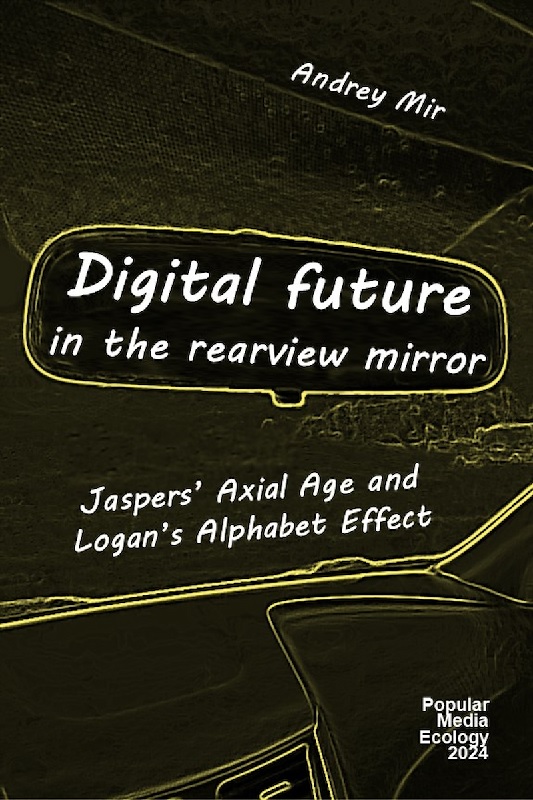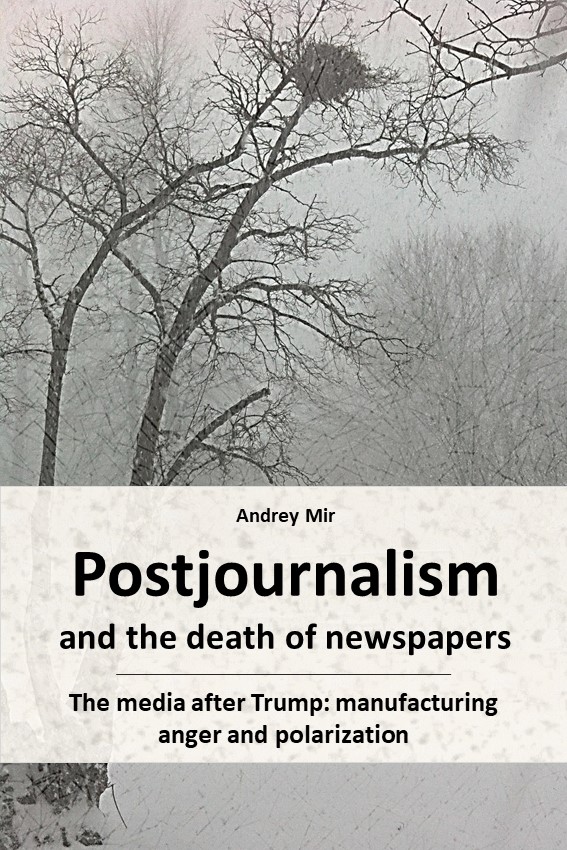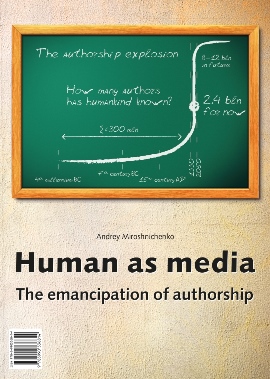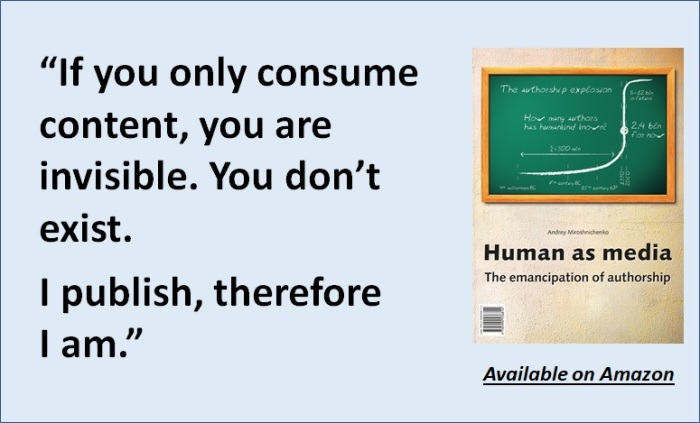In Mir’s big new book, Digital Future in the Rearview Mirror, he explains how media made history and may soon end it. A review by Martin Gurri on Discourse.
Contemporary humanity is a child lost in the woods, haunted by riddles at every turn. How did we get here? Where are we headed? Amid the affluence and luxury, given global communication and cheap travel to iconic places, what is the right path as individuals and as a people—and why?
The 20th century gave us profound broodings on the meaning of history by authors like Oswald Spengler, José Ortega y Gasset and Arnold Toynbee. These thinkers put the human story in the widest possible context, thereby enlarging our understanding of the present and casting a flickering light into possible futures. They may have been right or wrong—mostly the latter, in my opinion—but they painted on a huge canvas and invited us to think of ourselves on a similar scale. Where are their heirs today? Glimpse, if you dare, at the New York Times bestseller list for nonfiction, and this is what you see: an obsession with celebrity, identity and Donald Trump—all of it amounting to the same fractured frivolity.
Then there’s Andrey Mir, whose books, if I may say so, redeem our age. Mir is the most adventurous and imaginative media scholar writing today. Born in communist Russia, an emigrant to Toronto, Canada—city of Marshall McLuhan, whose disciple he is—Mir brings a fresh and capacious perspective to his subject. Everything he writes is original. Much of it is memorably epigrammatic, even though English is his second language.
I first encountered Mir’s work when he mailed me a copy of his smallish book, “Human as Media: The Emancipation of Authorship,” shortly after I had published “The Revolt of the Public.” He claimed, with some excitement, that we were both saying the same thing. I read the book, amazed: Mir was right. “Human as Media” is the book I would have written if I had been born in Russia and could discipline my thoughts into 100 pages. We even cited the same lines from the same forgotten philosophers. With its concept of the “viral editor” (now transformed, in our harsher decade, into “viral inquisitor”), “Human as Media” remains mandatory reading for anyone wishing to understand the disruptions of the digital. Mir and I became fast friends and allies in the struggle to understand the effects of new media.
His next book, “Postjournalism and the Death of Newspapers,” chronicled the rise and fall of the “Gutenberg Parenthesis”—the age dominated by the printing press. It is, in my opinion, a masterpiece of historical and media analysis. As a historian, Mir has a knack for identifying the space where new technology converges with economics, and he always asks the big questions. Why did something as strange as the newspaper come into the world? What was its actual purpose? And why are newspapers dying today? The term “postjournalism” pertains to the precipitous decline of the New York Times from objectivity to something like a hymnbook for the progressive creed. This great fall, we learn, has been driven more by a desperate business model than by ideology.
And now I’m happy to report that Mir has just published a new book, “Digital Future in the Rearview Mirror: Jaspers’ Axial Age and Logan’s Alphabet Effect.” As the long title hints, it’s his most complex and ambitious undertaking. From the start of history, the reader is swept along to its appointed end. My intention here is to write about this book—but I can’t imagine producing a conventional review out of such a layered tale. Allow me, then, to follow in Mir’s footsteps and reflect on writing as a medium, history as purpose and other perplexities of some importance to our species culled from his latest work.
The Dawn of History and the Axial Age
A major theme of “Digital Future” is that the internet has returned us to “digital orality,” that is to say, to the forms of communication prevalent before the invention of writing. This brings in a long train of consequences, not least concerning the nature of truth. In preliterate societies, truth is “relationship-oriented” and relative to the speaker—a function of charismatic persuasion. With the arrival of literacy, truth breaks free from space and time and attaches itself to a permanent and deeply inward medium: It becomes canonical, abstract and absolute. Today, the children of the web, as Mir correctly observes, are ignorant of canonical narratives and baffled by absolute propositions: Truth, for them, is once again relational, personal, “my truth.” “In digital orality, ‘Two plus two equals four’ is doubted if said by Hitler,” Mir writes.
Speech and writing aren’t just modes of communication. Like all media, they direct the mind in specific directions and reorganize the world. Civilization is the gift of literacy. Writing is sticky: Once invented, it rarely disappears. Civilization, too, is durable. Any given instance of it may be fragile and liable to be undone by a failure cascade, but as a whole—as the pervasive effect of literacy on human arrangements—civilization has survived the most determined assaults of the forces of barbarism and seems difficult to eradicate…
Continue reading on Discourse: The Fifth Wave: Andrey Mir Takes on World History, by Martin Gurri.
See also books by Andrey Mir:
- Digital Future in the Rearview Mirror: Jaspers’ Axial Age and Logan’s Alphabet Effect (2024)
- Postjournalism and the death of newspapers. The media after Trump: manufacturing anger and polarization (2020)
- Human as media. The emancipation of authorship (2014)



Categories: Digital Future in the Rearview Mirror, Digital orality, Emancipation of Authorship, Postjournalism and the death of newspapers



Leave a comment